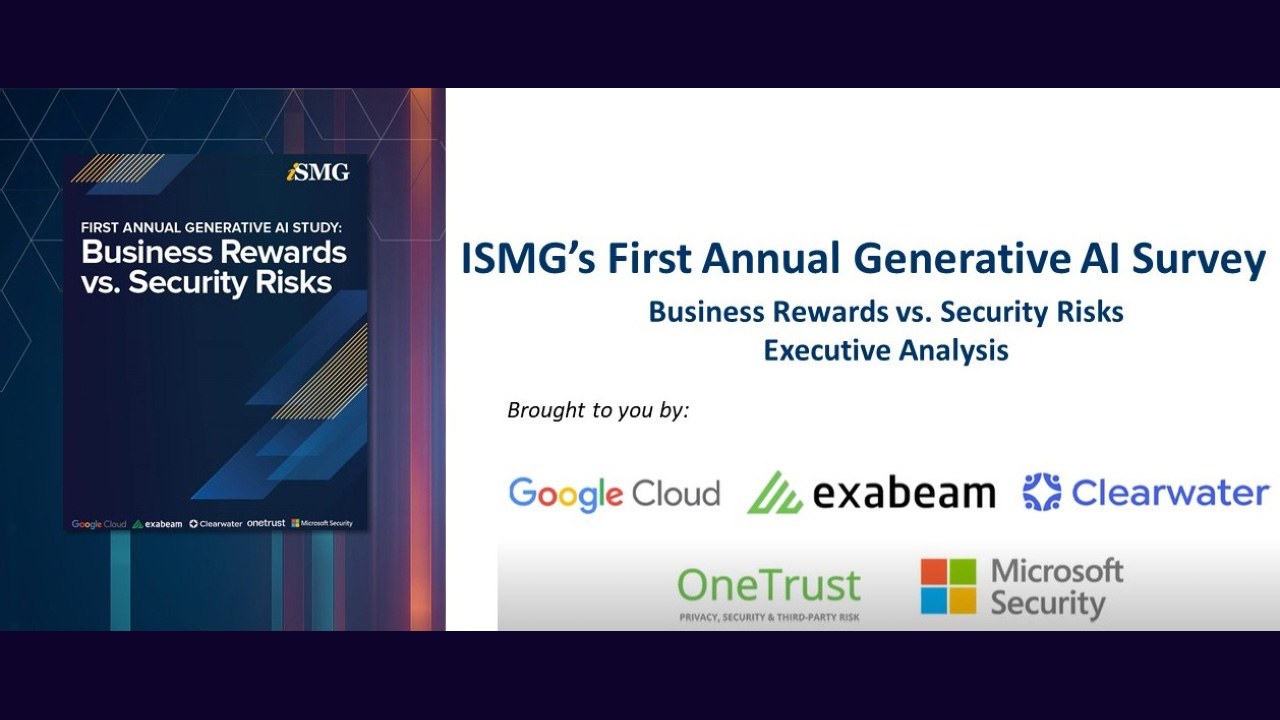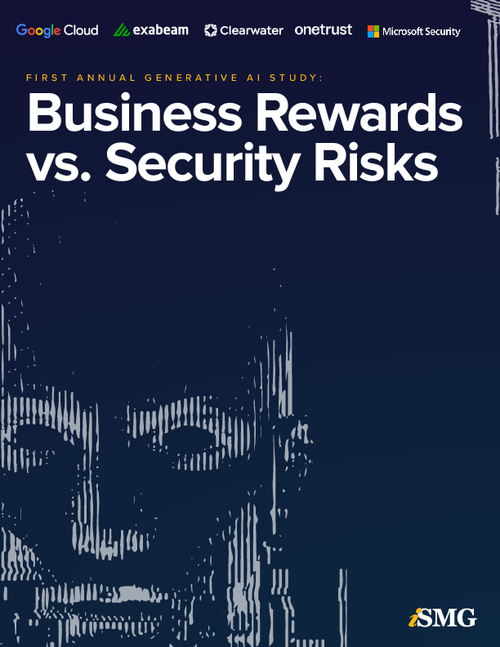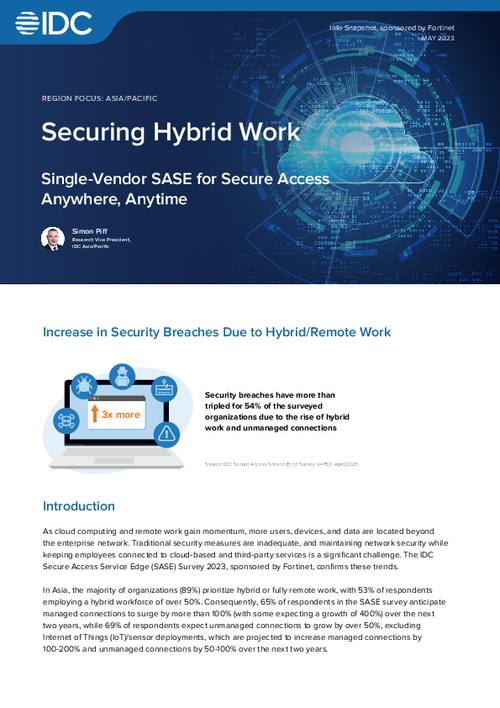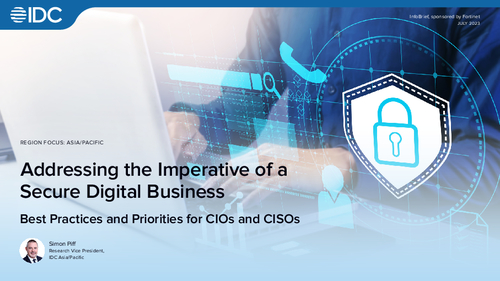Why Digital Initiatives Need to Be Customer Centric
Prasanna Lohar Says Customer Experience Is Key to DCB Bank's Business Models
DCB Bank is a leading private sector commercial bank with a network of more than 331 branches. The bank, which offers products to small and medium businesses, has been forward-looking as far as adoption of the latest digital technologies is concerned. It has been at the cutting edge of new technology assimilation, experimentation, innovative customer servicing and engagement, and RPA and automation. Prasanna Lohar, who heads innovation and architecture at DCB Bank, has been closely associated with the organization's digital transformation.
See Also: Endpoint Security Essentials for the C-Suite: An Executive's Digital Dilemma
According to him, digital transformation is a must for every organization today and has to be closely aligned with customer engagement. Before undergoing digital transformation, organizations need to ask the question: "Do we understand our customers and their expectations well enough?" "If I have to understand them and their transaction patterns, then I will have to use transformation techniques. We should be able to advise them on how they should do their banking and through what channels," Lohar says.
Talking about the focus of the various digital initiatives at DCB Bank, he says it has to be customer centric. For him, optimum customer experience is imperative as it motivates customers to recommend the organization to their partners and customers.
"Most of our customers are SMEs, and we primarily focus on them. Customer experience is a key to all our business models. We want every customer to be happy. I want to give them what they want. This can only happen when we provide them with the insights and the right set of data along with the correct platform for their transactions," he says.
New Business Models Need to Engage Customers
Digital disruptors, such as Ola, Swiggy and OLX, are competing neck to neck with traditional businesses. As new business models are emerging, existing businesses will have to find ways to stay relevant in the fast digitizing economy. Banks need to work with these disruptive models and try to find ways of engagement, and financial institutions need to understand these aggregation businesses and align with them. Lohar emphasizes the need to bring in new business models in the banking and financial sector.
"These are new business models. If my bank is not there, then I am losing that pie of the business," he says, adding that reskilling is a step in that direction.
"New skill sets will help to create new business models for organizations. It is a must to inculcate such new ideas in order to understand customer expectations as well as engagement with them," he points out.
Organizations Must Engage With Customers Across Channels
Today, customers are on the move and expect their requirements to be fulfilled on the go. This has led to mobility being taken as a given. Lohar draws attention to the fact that there has been a heavy proliferation of digital channels.
"Apart from the normal brick-and-mortar infrastructure and online banking, channels are increasing. For example, the Internet of Things (IoT) or connected devices are producing a lot of channels that we need to keep an eye on. Therefore, new technologies like blockchain or IoT are needed to support business units," he says.
Create Awareness About New Technologies
Organizations must create awareness of emerging technologies such as robotic process automation (RPA) and blockchain, and do capacity building. They must also identify relevant use cases and areas in which such technologies can be implemented.
"The right technology is necessary for business enablement and providing customers with the optimum experience. People say that everything has to be aligned with business goals, but the role of new technology can't be ignored. If you don't have the right technology, then you will have inefficient ways of implementing your business models," Lohar says.
A proper digital roadmap is essential to prioritize use cases with the help of governance and stakeholders.
This article was previously published on the DynamicCIO website on April 26, 2019.






















